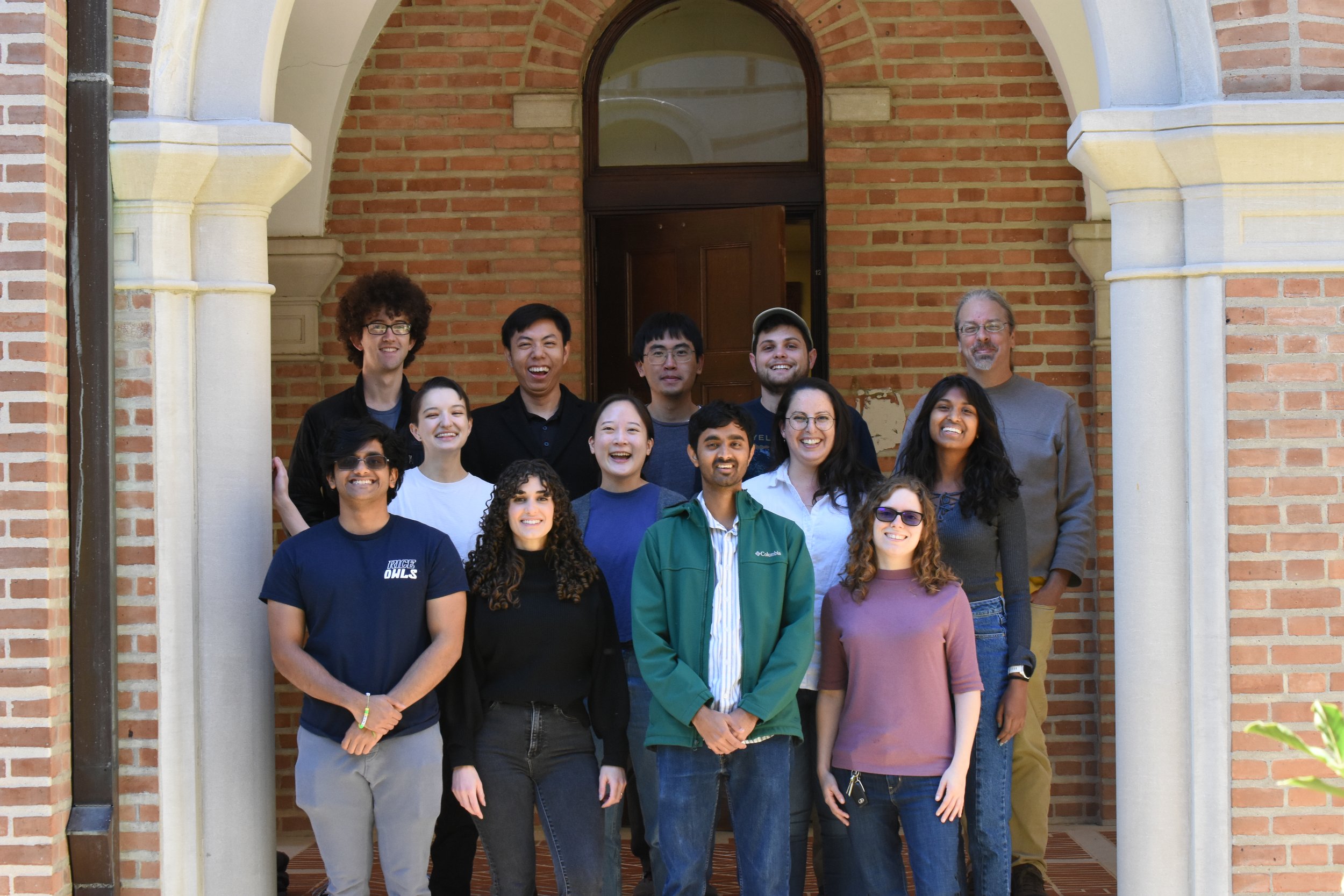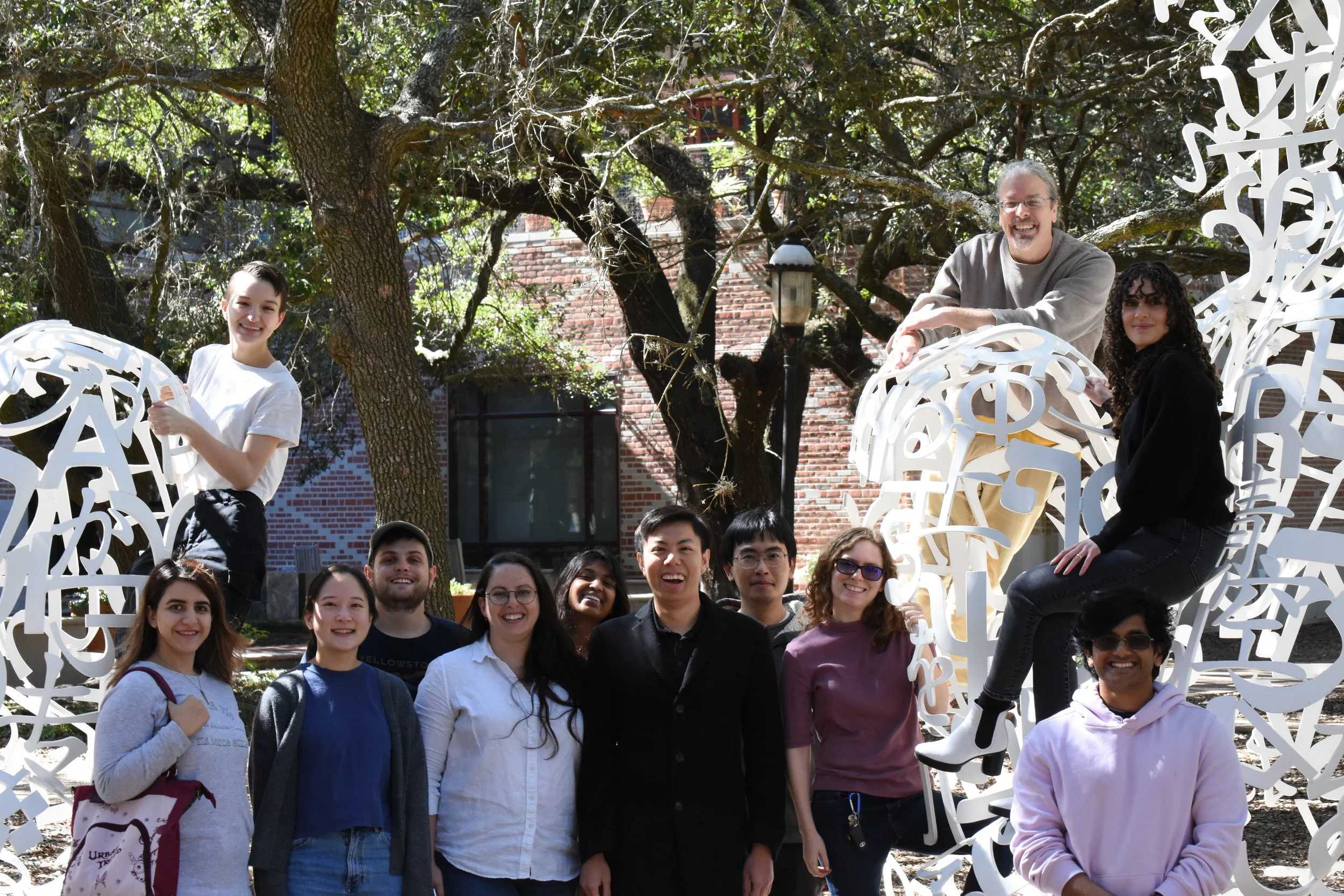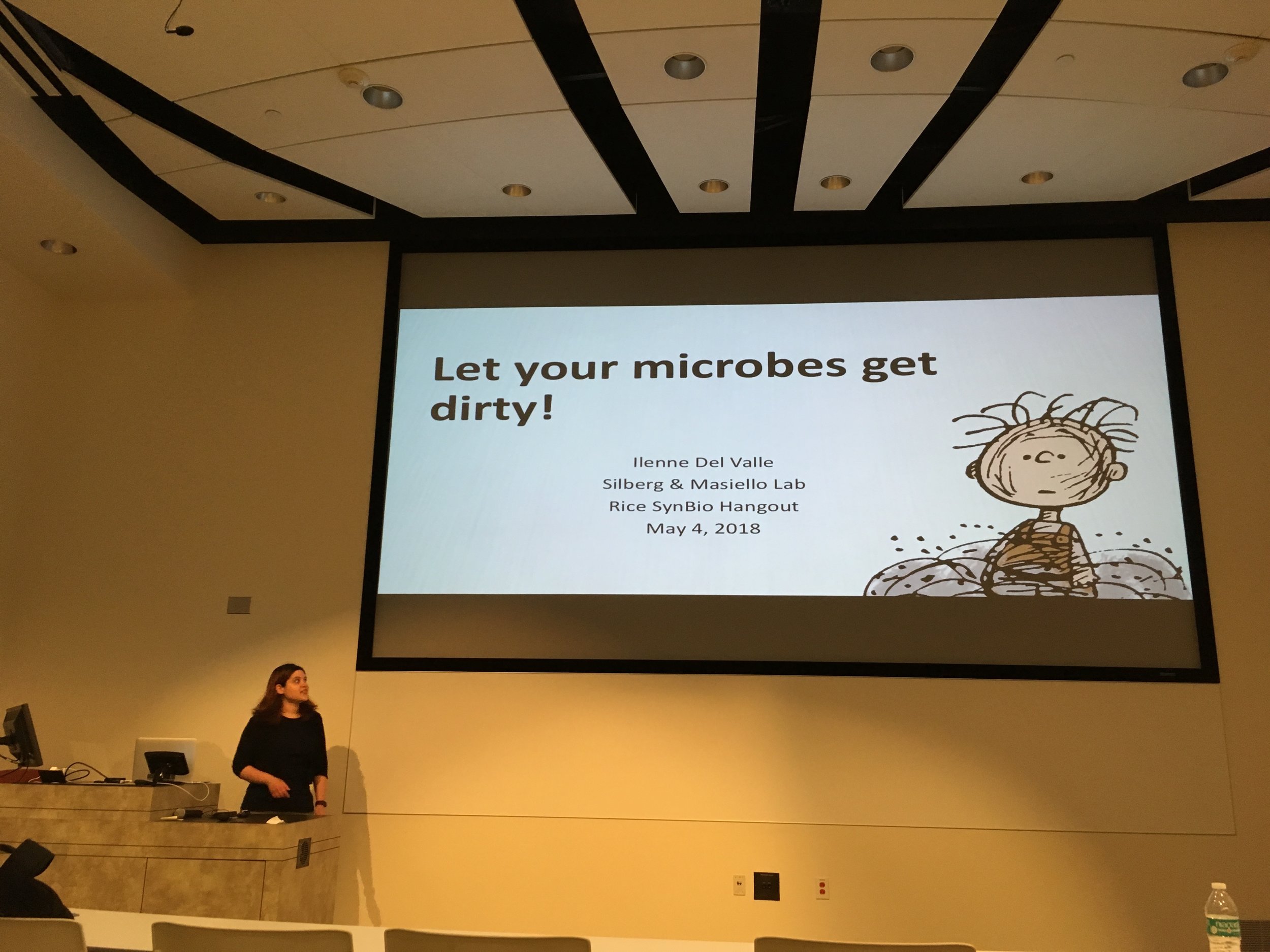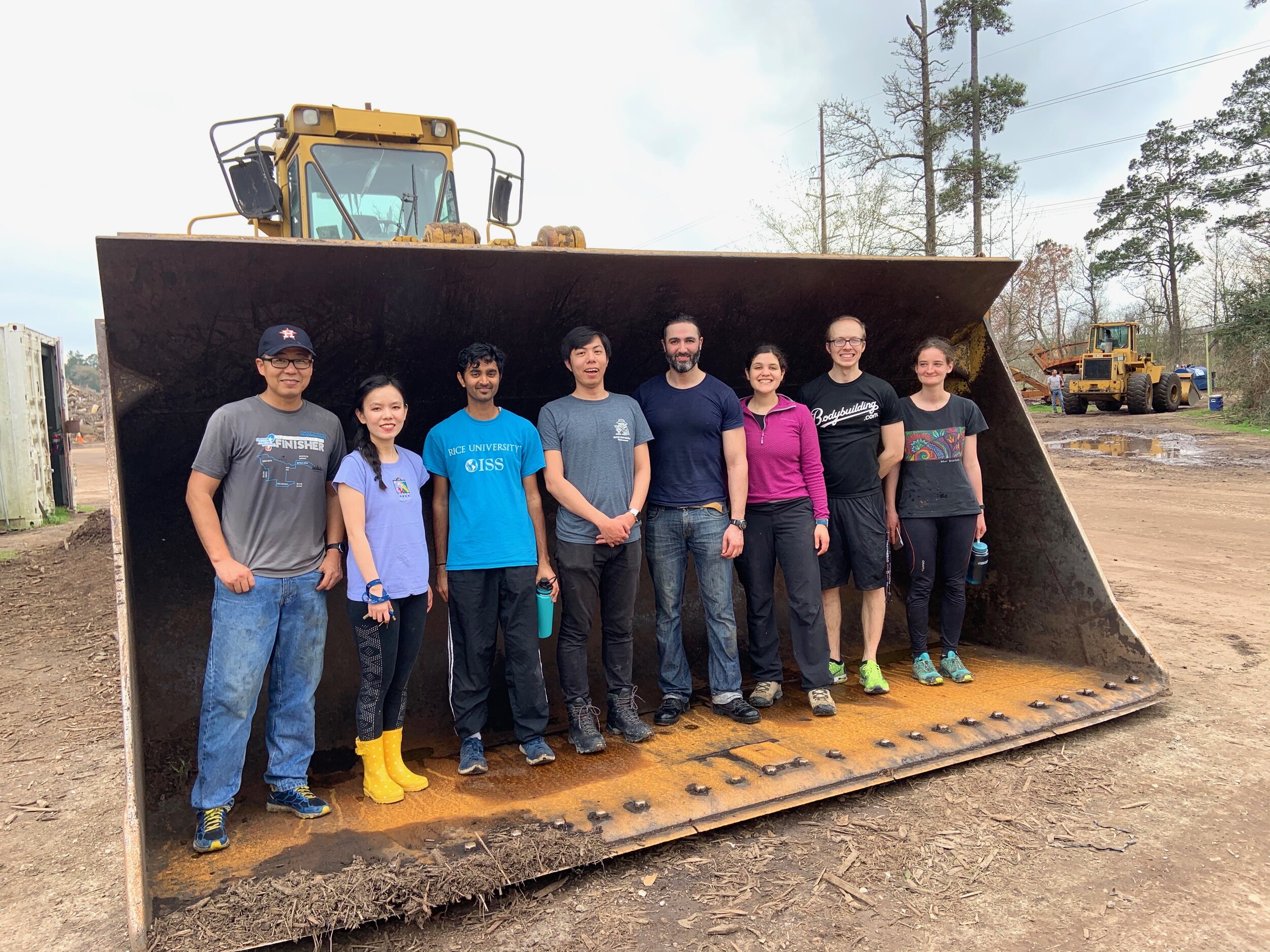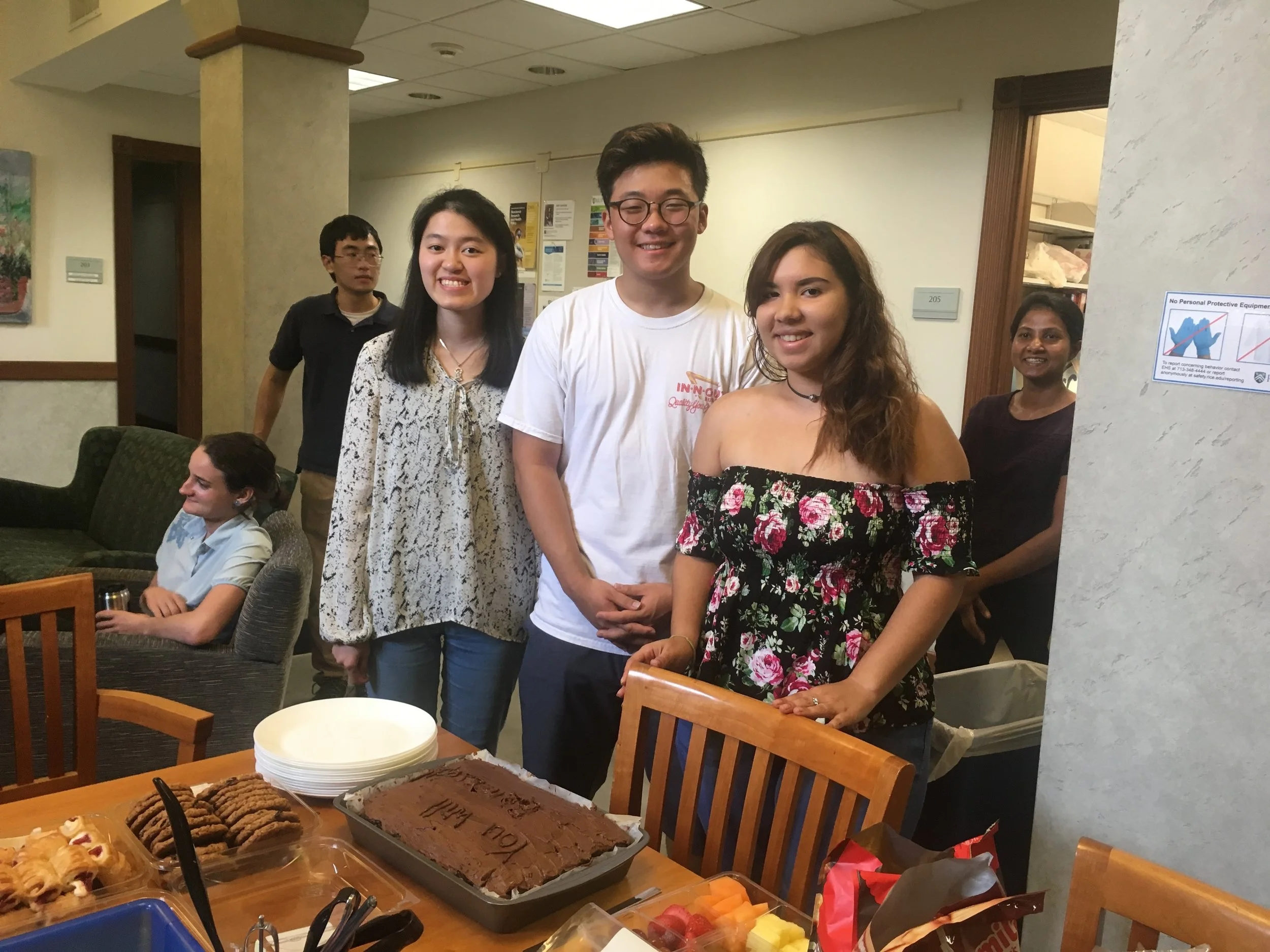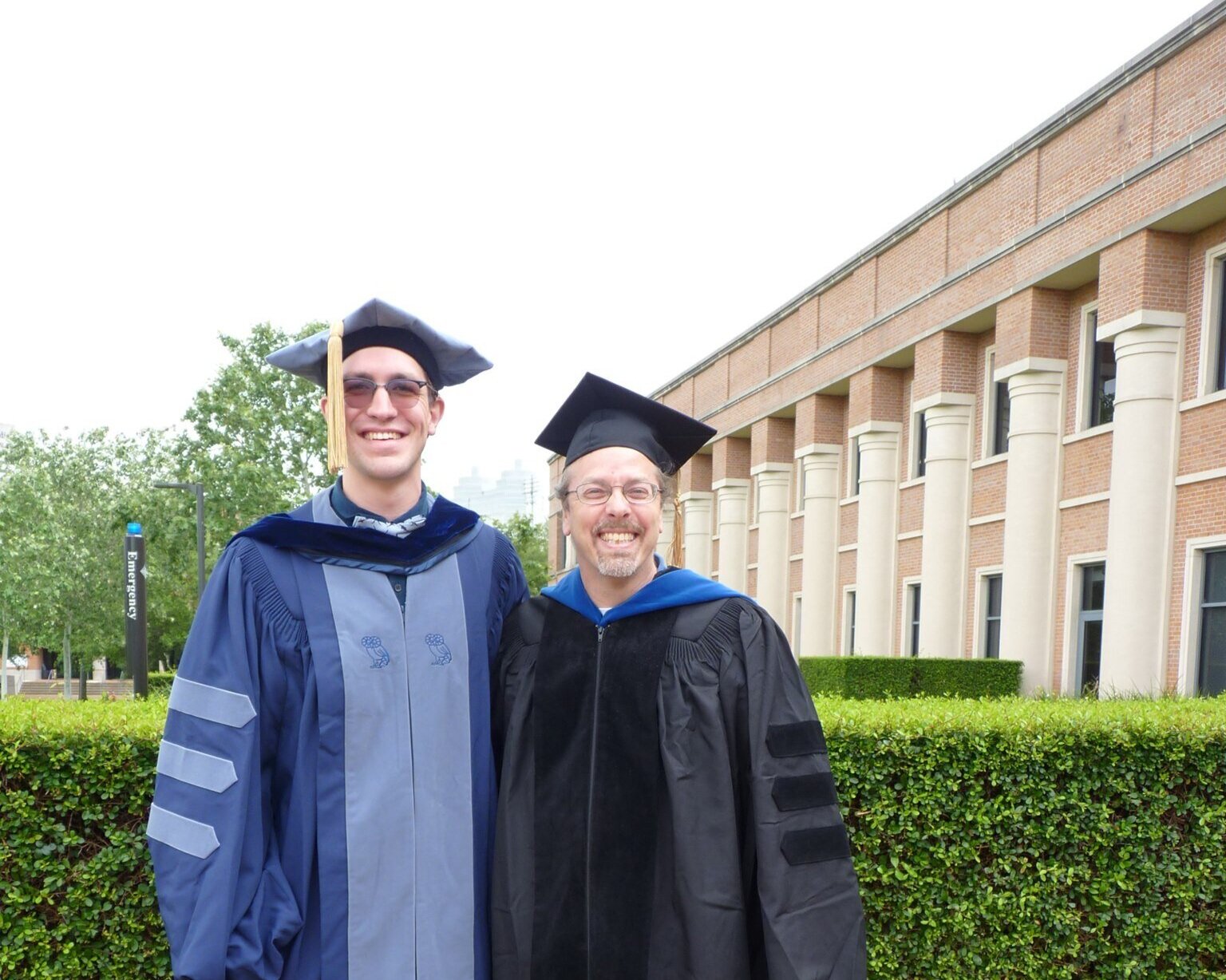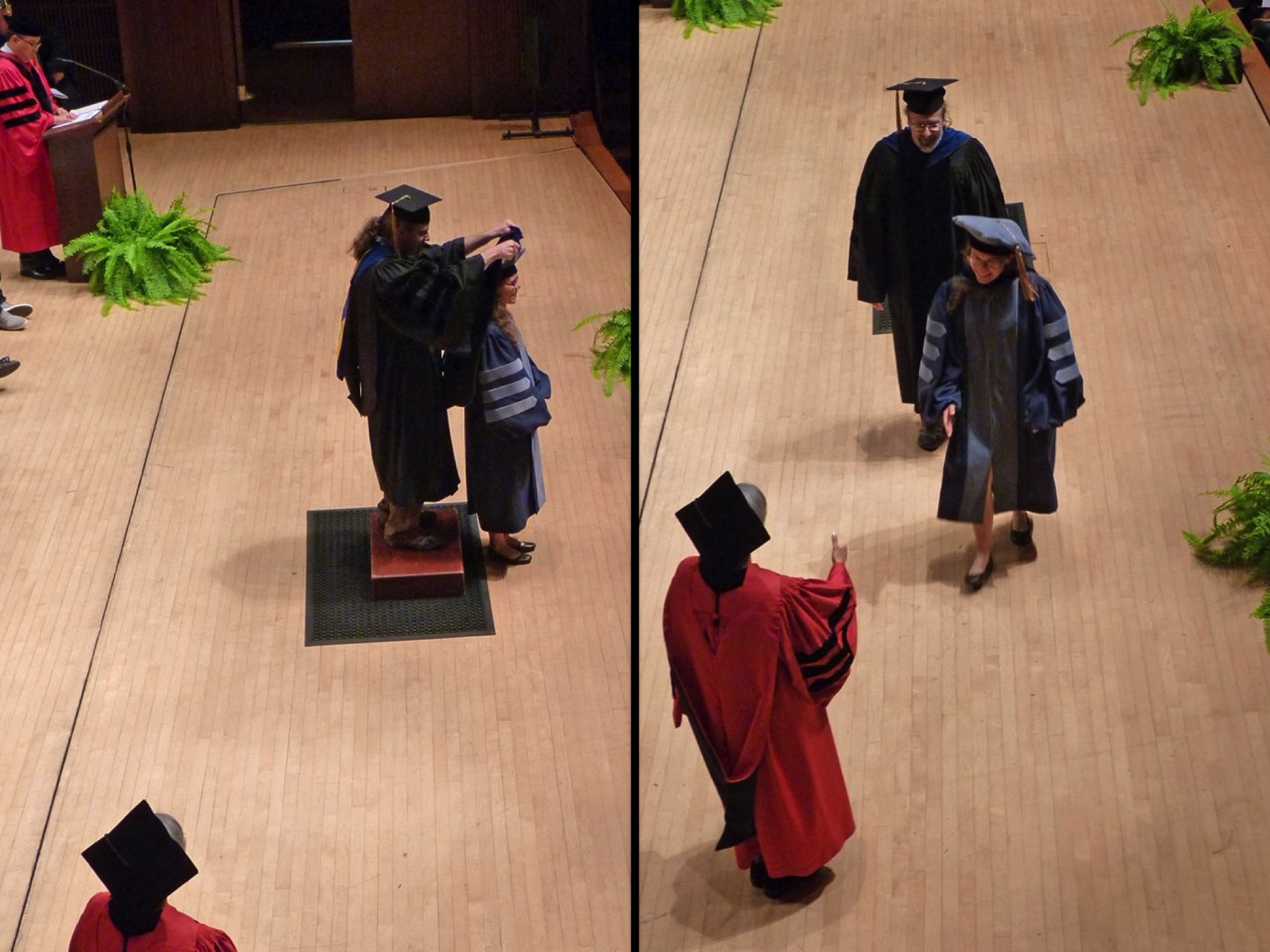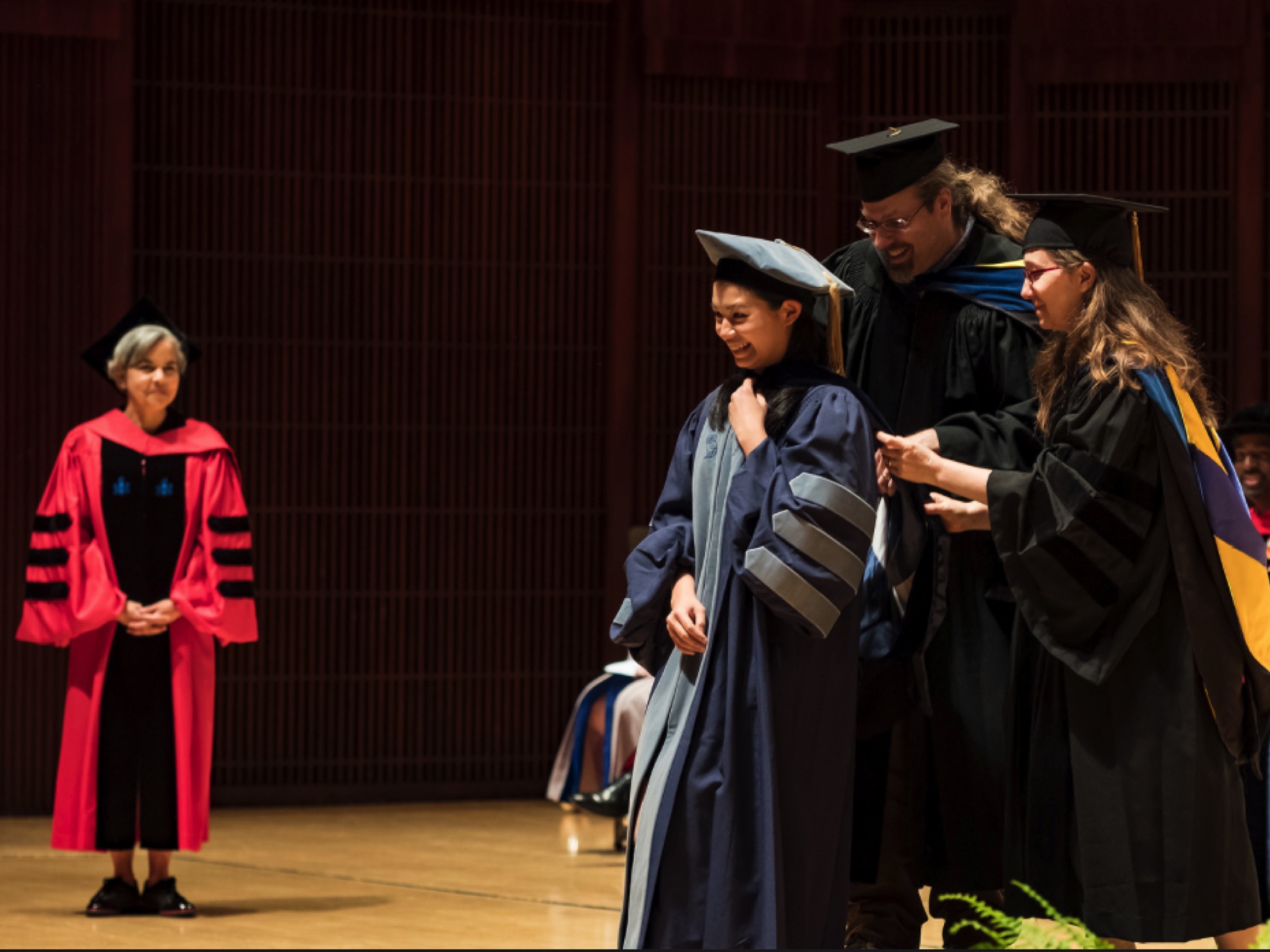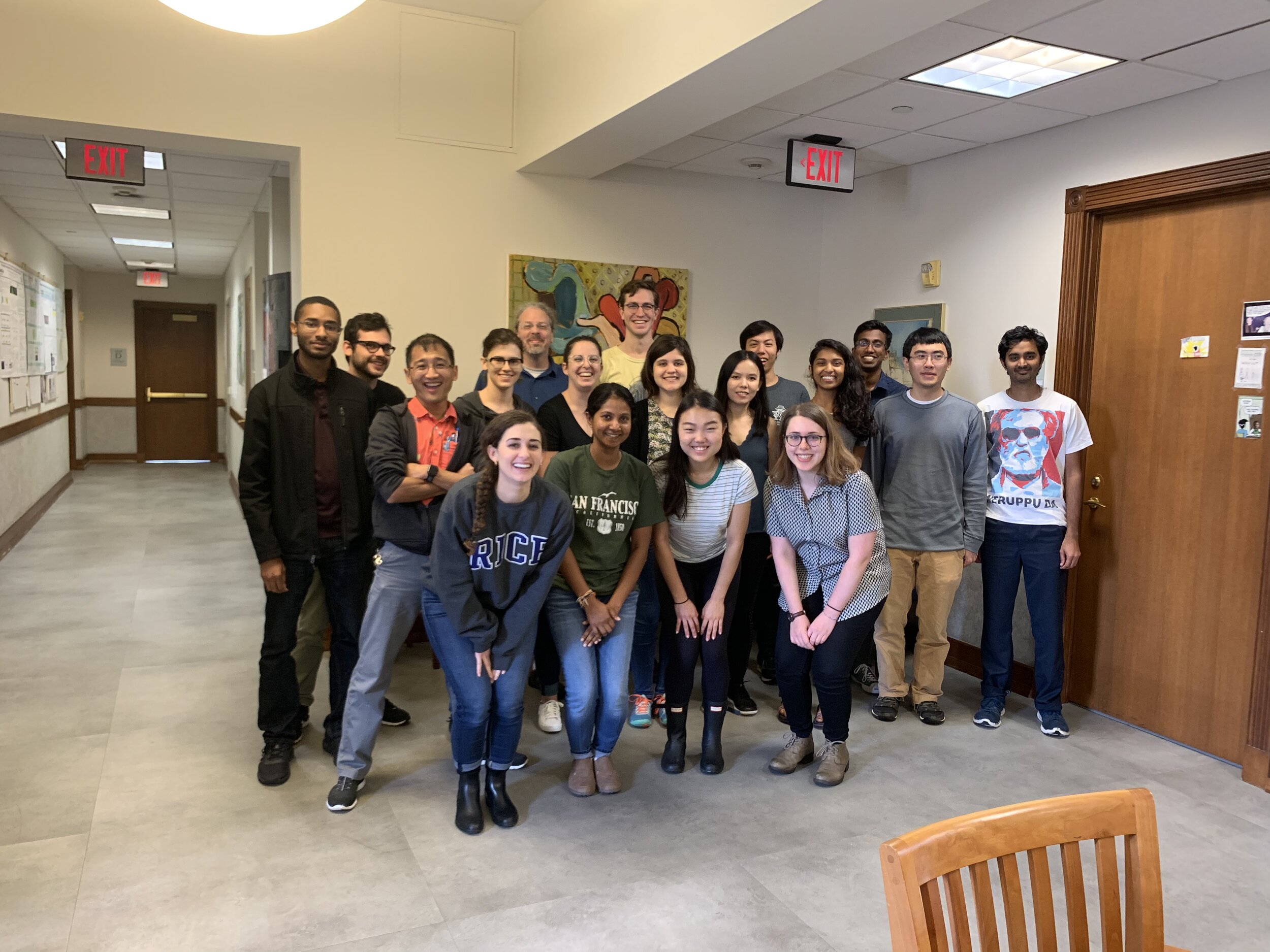In the Silberg lab, we are applying synthetic biology at the cell/material interface to create useful bioelectronic devices that communicate with our digital devices, to understand and control cellular processes within environmental consortia, and to develop safety and containment approaches for synthetic biology. We are also working to overcome component limitations by accelerating the design of useful biomolecules and investigating new strategies to directly program consortia without the need for domestication. Our laboratory is highly collaborative and includes scholars pursuing undergraduate and graduate degrees in Biochemistry & Cell Biology, Bioengineering, Chemical & Biomolecular Engineering, and Systems, Synthetic, & Physical Biology.
ENVIRONMENTAL SYNTHETIC BIOLOGY
Microbes drive processes on our planet far exceeding their physical scale, affecting soil development, water quality, crop yields, and greenhouse gas production. To understand microbial controls on Earth and environmental processes, we are building synthetic microbes that provide insight into dynamic microbial behaviors in non-transparent materials, e.g., soils, sediments, and wastewater. We are also working to develop technologies for engineering microbiomes that address challenges related to agriculture, water, and ecosystem services.
LIVING ELECTRONIC SENSORS
The development of real-time multimodal cellular sensors that communicate with our electronic devices would enable the development of affordable tools that monitor our health, counter threats posed by pollution, and support sustainable land use practices. To create such sensors, we are constructing synthetic electron transport pathways that use oxidoreductase switches to convert chemical information in the environment into electronic information at the cell surface, such that it can be read out using electrochemically from cells.



